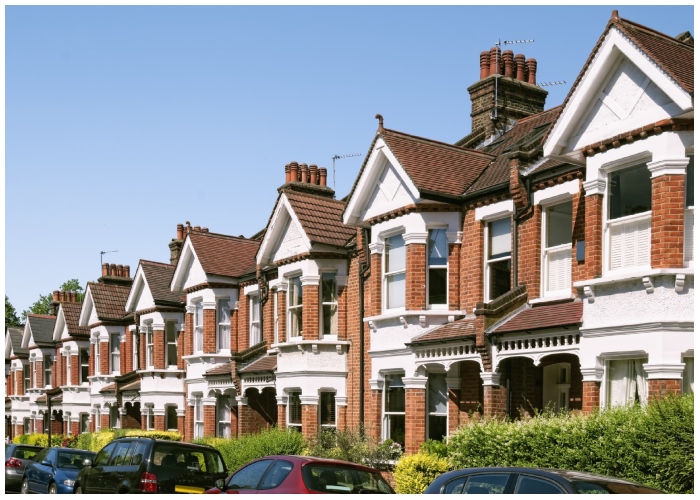The Rebranding of the ‘Boring’ Life
For years, suburbia was shorthand for monotony—identical homes, lifeless routines, and a sense that you were giving up the vibrancy of city living for something duller. But in 2025, that narrative is shifting fast. A new wave of younger adults is reimagining the suburbs not as a resignation, but a conscious, even stylish choice. In an overstimulated world, the predictable and quiet rhythms of suburban life now feel like luxury. Where cities once symbolized aspiration, suburbs are being reframed as sanctuaries of control, affordability, and a slower pace that people desperately crave.
The Collapse of Urban Glamour
The appeal of city life has dulled under the weight of skyrocketing rents, relentless noise, long commutes, and housing instability. What once represented independence and sophistication now feels like stress, burnout, and a poor return on investment. For many, moving to the suburbs isn’t settling down—it’s leveling up. It means space to breathe, a backyard, a washer-dryer, and fewer people bumping into you at the grocery store. Suddenly, the very things that once made the suburbs feel square—privacy, quiet, repetition—are now being framed as aspirational.
Aestheticizing the Ordinary
On TikTok and Instagram, creators are breathing new life into suburban living through visuals that emphasize charm over conformity. Think sunlit driveways, iced coffee runs in SUVs, golden retrievers on the porch, and thoughtfully decorated nurseries. Suburban content is no longer about hiding from the world—it’s about creating a curated little kingdom of calm.

Even the visuals are changing: wide streets, Target hauls, and quiet nights in have become the new aesthetic dream. The visual language of suburbia has been polished into something soft, comforting, and aspirational for the digital age.
Digital Detox in Real Life
The constant connectivity of urban life—where every meal becomes content and every interaction happens in public—is leaving people feeling emotionally threadbare. The suburbs offer psychological distance from that performance loop. They allow room for boundaries, pauses, and life that doesn’t require documentation. Choosing the suburbs is increasingly framed as a step toward intentional living, where you don’t have to chronically perform your existence and can instead quietly build it.
The Suburbs as the New Freedom
For a generation raised on hustle culture and side gigs, the suburbs offer something countercultural: stability. The idea of owning a home, having neighbors you know by name, or living near family has regained emotional value. It’s not about escaping ambition—it’s about redefining success away from exhaustion. Moving to the suburbs isn’t just a real estate decision; it’s a lifestyle philosophy shift toward balance and sustainability. In 2025, that feels like rebellion in its own right.
More Than Just White Picket Fences
Today’s suburbs aren’t necessarily the old homogenous enclaves of the past. More diverse communities are emerging, and younger people are shaping these spaces with new priorities. From hybrid work to local co-ops and neighborhood creative hubs, the suburbs are adapting. They’re becoming a middle ground—urban enough to feel connected but quiet enough to provide peace. For many, it’s the best of both worlds, without the overwhelming energy of a city or the total isolation of rural life.
Escaping the Chaos
Between climate anxiety, political polarization, and the general noise of modern life, people are seeking places that feel manageable. The suburbs offer literal and emotional insulation from chaos. They’re perceived as safer, more orderly, and easier to control. Even if this isn’t always the reality, the feeling of security is powerful enough to influence migration patterns. In a time when everything feels unpredictable, the suburbs offer a soft landing.
The Choice to Be Boring
There’s a kind of freedom in opting out of the relentless novelty of city living. People are realizing they don’t have to be constantly stimulated, climbing, or proving something. They can just exist. Water their plants. Go on neighborhood walks. Join a PTA. These things used to feel like compromises—but now they feel like peace. Suburbia isn’t being romanticized because it changed. It’s being redefined because we did. And in a world that’s moving too fast, that redefinition is starting to make a lot of sense.